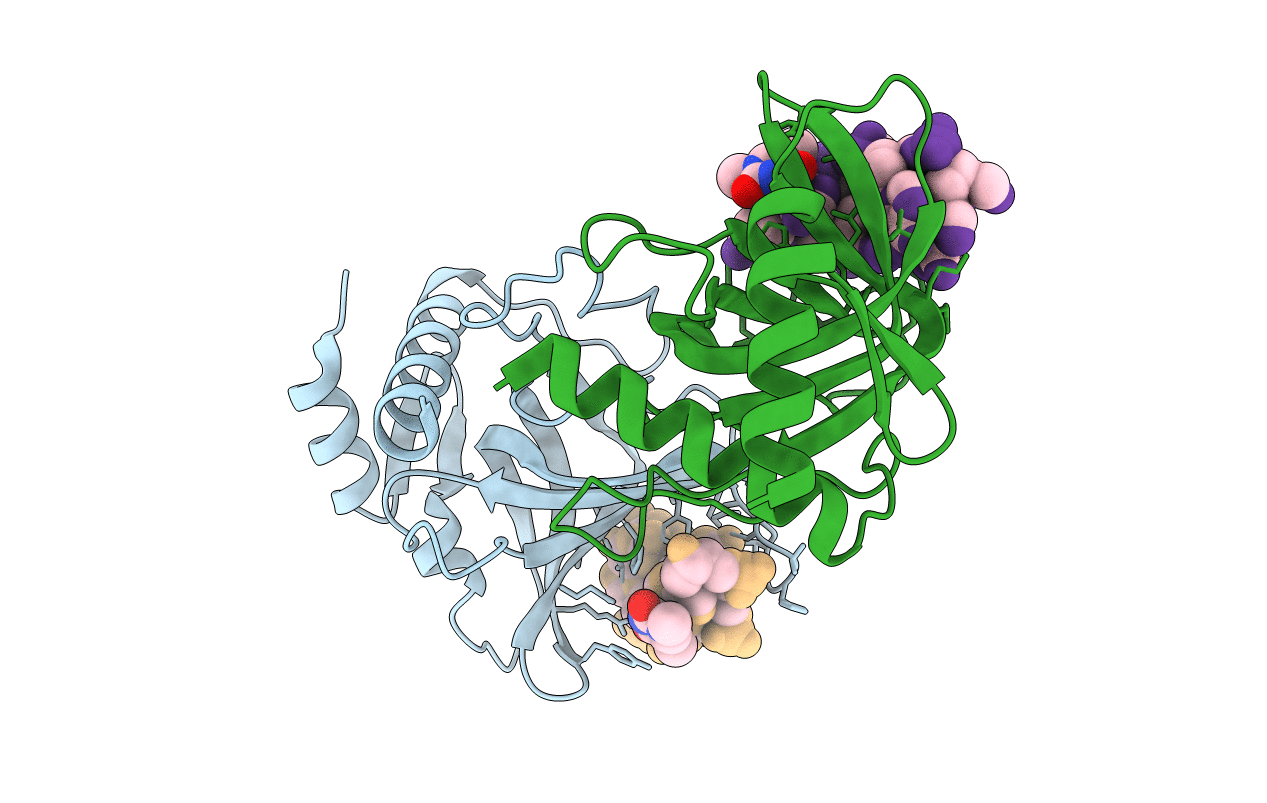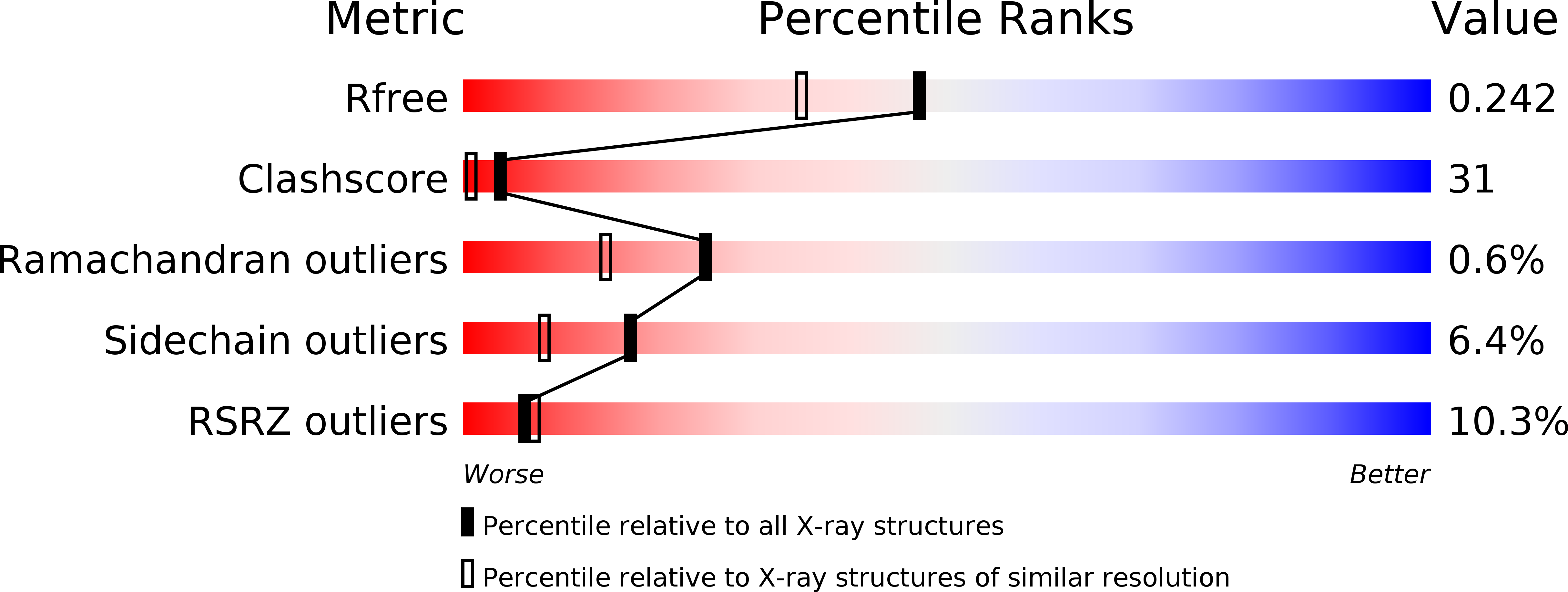
Deposition Date
2003-09-16
Release Date
2003-11-18
Last Version Date
2024-02-14
Entry Detail
PDB ID:
1QZG
Keywords:
Title:
Crystal structure of Pot1 (protection of telomere)- ssDNA complex
Biological Source:
Source Organism:
Schizosaccharomyces pombe (Taxon ID: 4896)
Host Organism:
Method Details:
Experimental Method:
Resolution:
1.90 Å
R-Value Free:
0.24
R-Value Work:
0.22
R-Value Observed:
0.22
Space Group:
C 1 2 1


